Introduction:
Anji white tea, Zhejiang Province, Huzhou City, Anji County speciality, national geographical indications products. Anji's white tea shape is straight and slightly flat, shaped like orchids; the colour green and white hairs show; leaf buds such as gold and blue sheath, wrapped in silver arrows, are very attractive. After brewing, the fragrance is high and lasting. The taste is fresh and refreshing, after drinking, the lips and teeth will remain fragrant, and the aftertaste is sweet and refreshing. The bottom of the leaf is tender green and bright, and the buds and leaves are discernible.
In April 2004, the former State General Administration of Quality Supervision, Inspection and Quarantine officially approved ‘Anji White Tea’ as a product of regional protection of origin.
On 15 November 2019, it was selected for the catalogue of Chinese agricultural brands.
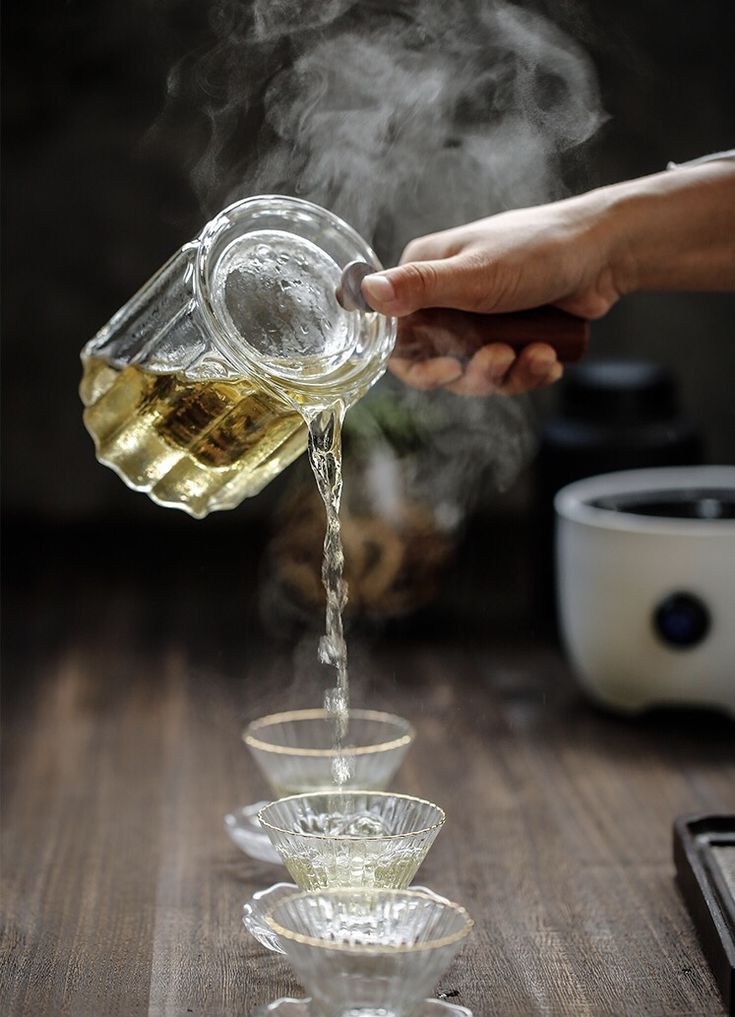
History:
Anji was first found in 1930 in Xiaofeng town of Ma Linggang wild white tea tree dozens of trees, ‘the branches of the young leaves drawn by the colour of white as jade, baked slightly yellow, for the local Jinguang Temple production’ (‘County Records’), and then do not know the end. The Anji white tea tree is a variant of a tea tree. Spring issued by the young leaves pure white, in the ‘spring old’ when it becomes white and green leaves, to the summer was all green.
In 1982, the Zhejiang agricultural Resources census, in Tianhuangping Town Daxi Village horizontal pit dock 800 metres on the mountains and found more than a hundred years of white tea tree, young leaves pure white, only the main veins were slightly green, few seeds, and then bred into the ‘white leaf one’ varieties. At that time, the county forestry technicians Liu Yimin, Cheng Yagu, etc. in April 4, cut the spike breeding success.
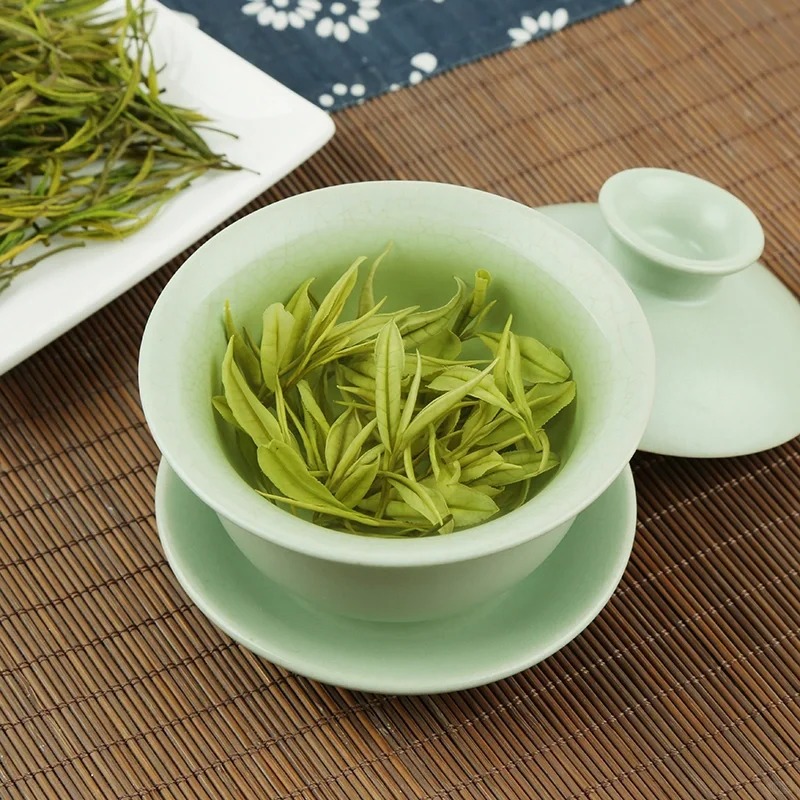
To 1996 has developed to 1000 acres, can be harvested only 200 acres, the annual output of dry tea less than a thousand kilograms.
Because its amino acid content is twice as high as the general tea, 6.19%-6.92%, and tea polyphenols 10.7%, in 1989, Zhejiang Province, the second session of the tea fight with the ‘Yu Feng’ tea name was 99 points of the highest score, the following year and 99.3 points, in 1991, and then a class of Zhejiang Province, Famous Tea Award. In 1991, it was awarded the prize of one kind of famous tea in Zhejiang Province.
Third, product characteristics:
Anji white tea belongs to the green tea category, according to the principle of green tea processing and according to the quality characteristics of Anji white tea itself. Anji white tea shapes like a phoenix feather, colour and lustre of green between yellow, bright and oily, fresh and persistent aroma, fresh and mellow taste, clear and bright soup, leaf buds and leaves tender into a dozen, leaf white veins Cui, Anji white tea is rich in 18 kinds of amino acids needed by the human body, and its amino acid content of 5-10.6%, higher than the ordinary green tea 3-4 times, polyphenols less than with the rest of the green tea, so the taste of Anji white tea is particularly fresh and crisp, no bitter and astringent taste. So Anji white tea taste is especially fresh, with no bitter or astringent flavour.
Fourth, Anji white tea honours:
In April 2004, the former State General Administration of Quality Supervision officially approved ‘Anji white tea’ for the protection of the region of origin (i.e., geographical indication protection products).
On 25 December 2017, Anji white tea was selected by the Ministry of Agriculture and other nine ministries and commissions of the first batch of the ‘China's Characteristics of Agricultural Products Advantageous Area’ list.
On 15 November 2019, Anji White Tea was selected for China's agricultural brand catalogue.
On 23rd December 2019, Anji white tea was selected as one of the ‘Top 100 Iconic Brands of Chinese Agricultural Products’.
On 20 July 2020, Anji white tea was selected as one of the first protected list of geographical indications in China and Europe.
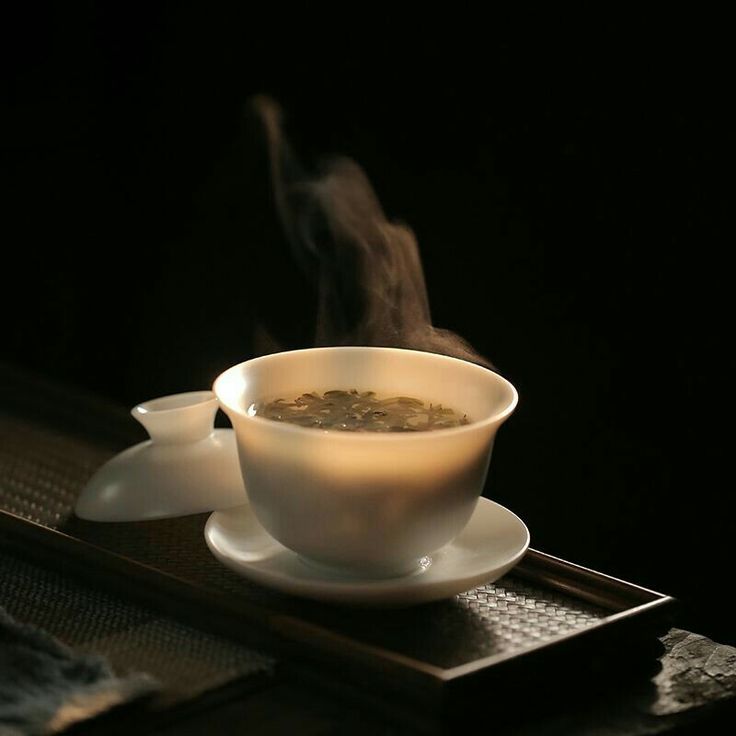
V. Efficacy:
1) Weight loss
It has been proved that the caffeine and catechins in Anji white tea can increase the secretion of gastric juice and help digestion. Drinking Anji white tea often helps to lose weight, the effect is good oh.
(2) Anti-aging
Anji white tea in the tea polyphenol components have a strong antioxidant, can inhibit lipid peroxidation, remove the active enzyme, anti-ageing effect vitamin E is also strong.
(3) Lowering Blood Lipid
Anji white tea is rich in aminobutyric acid, aminobutyric acid regulates the concentration of neurotransmitters in the brain, helps to reduce blood pressure in patients with hypertension, and is a natural and healthy auxiliary tea to lower blood pressure.
(4) Anti-disease and anti-inflammatory
Anji white tea contains tea polyphenols that have a strong astringent effect on pathogenic bacteria, viruses, etc., and can play a role in inhibiting and killing.
Anji white tea in addition to several health benefits and effects described above, but also has dental protection, diuretic, refreshing, beauty and other health effects.
Six, brewing method:
1, prepare tea
Tea selection, choose a bud and two leaves at the beginning of the show, dry tea green and fresh, slightly golden yellow, with an aroma of high freshness, and appearance of fine show uniform quality Anji white tea.
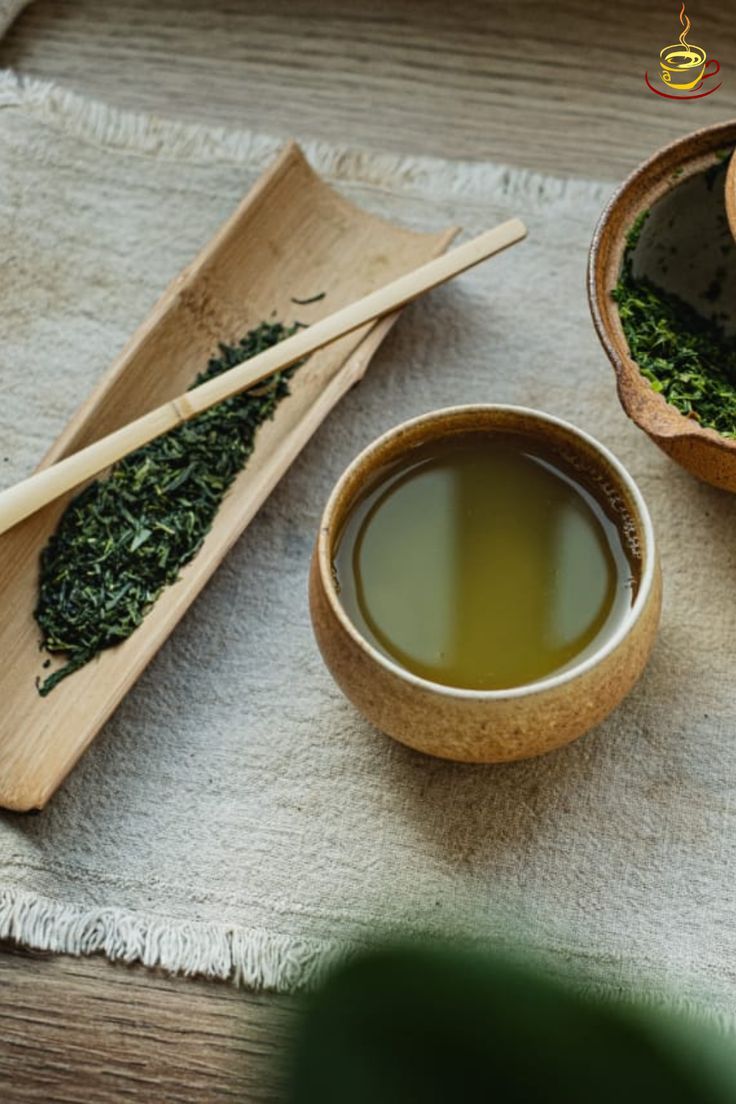
2、Preparation of tea utensils
Chinese tea culture has a long and profound history, the manufacture and selection of tea utensils has become a system.
No matter what kind of tea, you need to choose the right tea utensils, in order to help the tea brewing.
Drinking Anji white tea, preferred good transparency of the glass cup, followed by a white porcelain bowl.
Water quality
The quality of water for brewing Anji white tea should be good, usually choose high-quality mineral water or pure water, or you can use purified tap water. Requirements for water pH is neutral or slightly acidic, do not use alkaline water, so as to avoid deep dark tea.
4、Water temperature
Boiling water can be boiled at the beginning so that the freshness of the tea soup is better. The temperature of the water should be around 85℃, which is the most suitable for making tea. Brewing with this water temperature, the aroma and taste are just right to release, but also to make the tea more resistant to some. Brewing Anji white tea, never use 100 ℃ boiling water brewing.
As the raw material of Anji White Tea is tender, the leaf sheet is thin and easy to brew; the tea broth will have a taste of boiled plant fibre, and the taste of the tea broth will slowly deteriorate with time.
Quality Anji white tea chlorophyll in too high a temperature easily destroys yellow, while the tea polyphenols in the tea will also be oxidised at high temperatures will also make the tea yellow, a lot of aromatic substances in the high temperatures is also have very fast evaporation and dissipation, so that the tea soup loses its aroma.
5, hot cup
Scalding is to clean the cups, but also remove the cold air in the cups, increase the temperature of the cups, and maximise the aroma of the tea leaves; so the cups will be scalded and washed before the tea is officially thrown.
6, the ratio of tea and water
Usually, the ratio of tea to water is 1 to 50 to 1 to 60 (i.e. 50-60ml for one gram of tea). The most reflective of the quality of tea is water over too light, and tea over bitter. This brewing out-of-the-tea soup is moderately thick and light, tastes fresh and mellow.
7, Run tea
Pour mineral water or pure water with a temperature of about 90℃ along the wall of the cup into the cup, about a quarter of the way; shake clockwise so that the tea leaves initially absorb the water, and the tea leaves will slowly unfold. Usually, this process is also called waking tea, meaning to wake up the sleeping tea leaves.
8, Water Filling
The use of one-sided fixed-point water injection, water injection, the pot low on the spout, only towards the edge of the glass cup or bowl a fixed point of water injection, water injection to the edge of the cup 1 cm to 2 cm can be. Anji white tea in the active ingredients in the first brewing after the maximum amount of leaching, after three brewing, basically reached the full amount of leaching.
9. Taste
Tasting Anji white tea, to first smell its fragrance, there will be a light bamboo incense; and then watch its soup, the tea soup green with yellow, clear and bright cups, the tea leaves floating up and down, white and transparent shaped like orchids buds and leaves.
To be cooled to the mouth, and taste the taste of tea, it is appropriate to sip, and swallow slowly, so that the tea and tongue taste buds in full contact, carefully appreciating the charm of Anji white tea.
10, observe the bottom of the leaf
Anji white tea is different from other teas, in addition to its fresh taste, aroma and elegant, there is a certain degree of ornamental. Its leaf transparency and stem veins of emerald green is its unique characteristics.
Anji white tea is not only of good quality but also has very good health benefits. Often drink a lot of benefits to the body, but drink a moderate amount, not a lot of drinking, and do not drink strong tea, cold tea.
What is the difference between Anji white tea and Fuding white tea?
The differences between Anji white tea and Fuding white tea mainly include: category differences, origin differences, variety differences, processing differences, quality characteristics differences.
Difference in classification
Anji white tea is green tea, Fuding white tea is white tea.
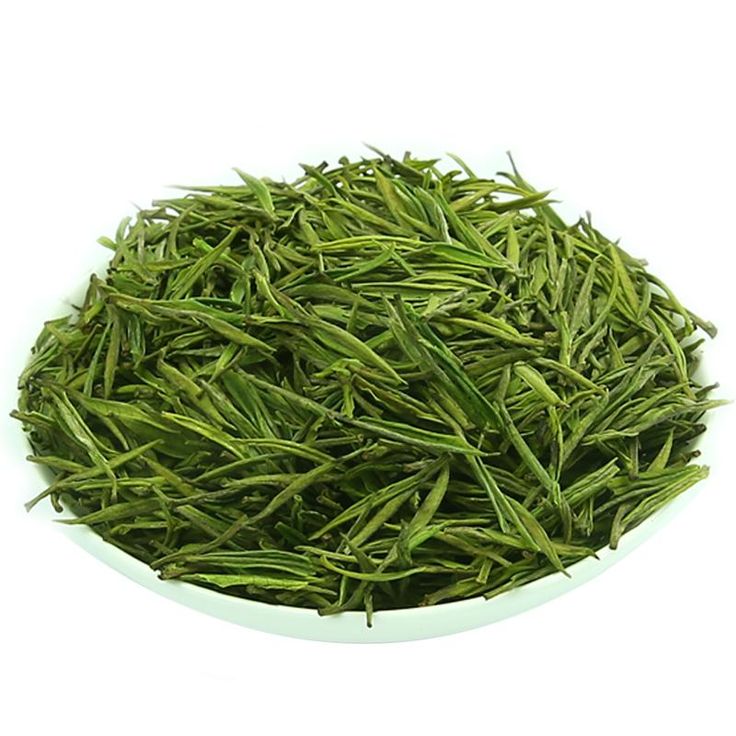
Difference in origin
Anji White Tea is produced in Anji County, and Fuding White Tea is produced in Fuding City.
Difference in varieties
Anji white tea has no varieties. Fuding white tea varieties include White Hair Silver Needle, White Peony, Gongmei, Shoumei and newly processed white tea.
Difference in processing technology
Anji White Tea is based on the processing technology of green tea, and the main procedures are fresh leaf spreading, dehumidification, processing, initial drying, drying and re-drying. One of the key things is to finish it. Fuding white tea is developed on the basis of white tea processing technology. The main processes are as follows:1. 2 Key technology of fresh leaf withering. Gently rolling; 4. roasting; picking; carving; 5. 6 after fire; 7. packaging, of which the most important is the withering process.
Differences in quality and characteristics
Anji white tea belongs to green tea, according to the processing principle of green tea and the quality characteristics of Anji white tea. Anji white tea appearance is similar to chicken feathers, yellow-green colour, oil light, fragrance, lasting freshness, fresh and pure taste, looks clear and bright, and buds and leaves are flowery and delicate, leaf leaves have white veins, Cui, Anji white tea is rich in essential 18 kinds of amino acids, the amino acid content of 5-10.6%, 3-4 kinds of higher than the ordinary green tea several times, green tea polyphenols and so on, less, so the Anji white tea is the particularly fragrant and refreshing taste. Is not a sign. Anji white tea is characterised by its whiteness, liveliness, fragrance, freshness and clarity. Its fresh leaves and dried tea have white veins and a green colour. The tea is clear and bright in colour. It is made from the buds and leaves of Fuding ‘No.1’ or ‘No.2’ tea trees without stir-frying and kneading. It has the characteristics of intact buds, clear apricot-yellow soup, light flavour, sweet and refreshing.
